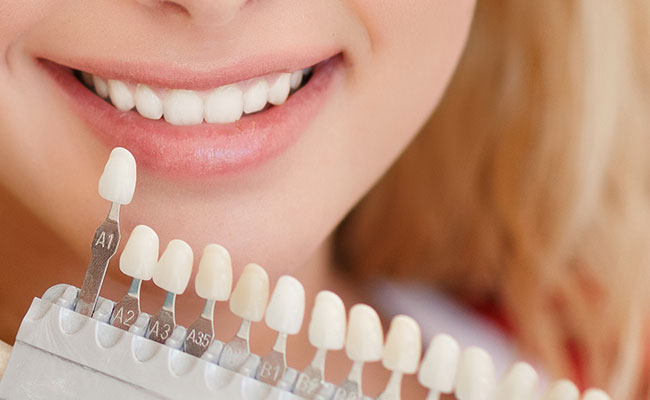In a research conducted at the Dental Care Center of Saint Joseph University of Beirut (Lebanon), a team of experts has explored the profound influence of dehydration on tooth shade, unraveling essential insights that could be of great importance for restorative dentistry.
Twenty-five carefully selected participants were enrolled in this groundbreaking study, meeting stringent inclusion criteria of having four intact maxillary incisors without damage, cavities, restorations, or staining. The VITA Easyshade Advance spectrophotometer from Vident (Brea, CA) played a pivotal role in recording precise measurements. The study focused on three key color parameters: L (darkness to lightness), a (greenness to redness), and b (blueness to yellowness).
Measurements were taken at baseline and then at 10-minute intervals over 30 minutes. The teeth underwent dehydration induced by the placement of a rubber dam, and the color difference (ΔE) was calculated using Lab* measures, with a perceptibility threshold set at ΔE00=0.8. Statistical analyses were robustly conducted using the Friedman test, the Bonferroni post hoc test, and the Wilcoxon signed-rank test.
Findings of the study:
The findings were nothing short of revelatory. The color changes represented by ΔE (ΔE1, ΔE2, and ΔE3) were found to be significantly higher than the perceptibility threshold of 0.8 (p<0.001). Notably, a statistically significant difference emerged between ΔE1 and ΔE3 (p<0.05).
Furthermore, the study identified significant differences (p<0.001) between the measures of L at various time intervals (L0, L10, L20, and L30). Additionally, there were statistically significant differences (p<0.05) between the means of L0 and L20, L0 and L30, L10 and L20, and L10 and L30.
Conclusion:
The study concluded that dehydration has a tangible impact on tooth shade. As teeth undergo dehydration, lightness increases, resulting in a whiter appearance. The practical implication of this finding is vital for dentists in their color evaluations for treatments.
The study advocates that dentists should take into account the hydration status of teeth when assessing color for various treatments. Dehydration significantly influences shade matching, with the color difference compared to the baseline increasing as dehydration time elapses. This research marks a crucial step forward in enhancing the precision and effectiveness of restorative dentistry practices.
- Source: DOI: 10.7759/cureus.48140




















Comments